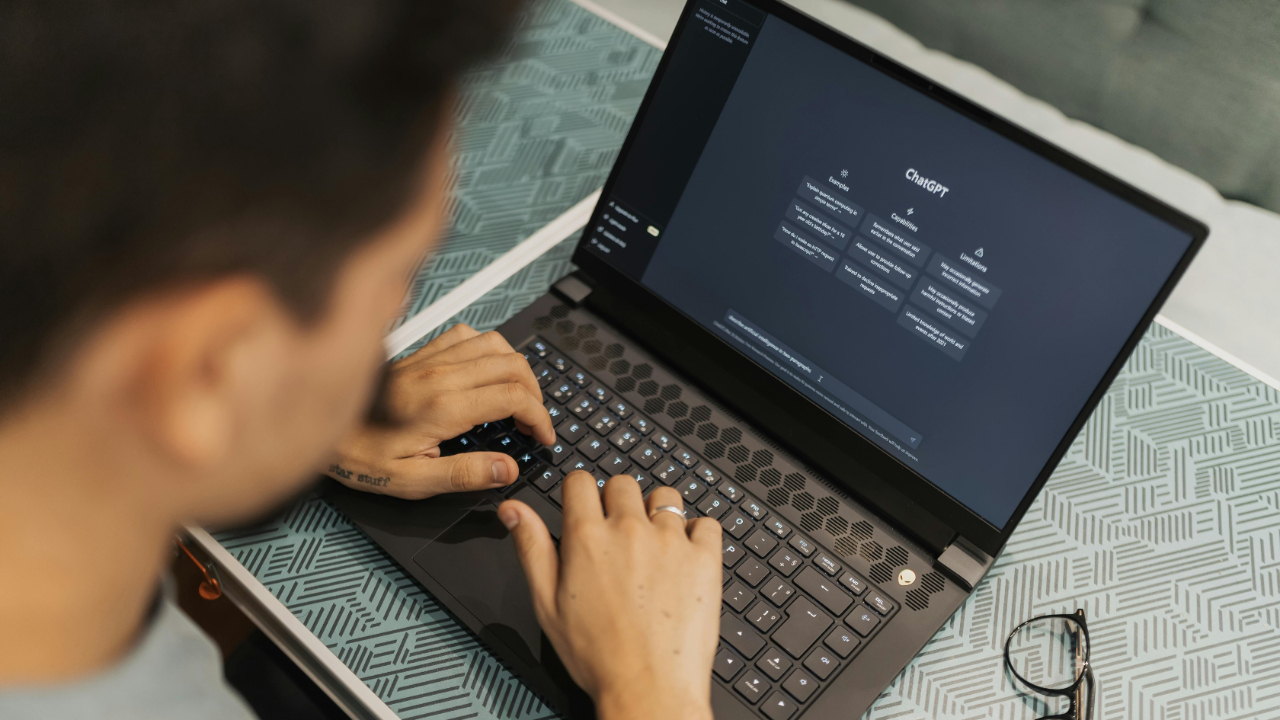Designing a Library That Brings Curriculum to Life: 5 Innovative Ways to Collaborate with Teachers
Oct 22, 2020
Libraries should be staging areas for dynamic collaborative programs, and yet so many only serve as storage and circulation centers for books within a school learning community.
A school library can be so much more for students and teachers, with numerous devices and various technologies that can be used to enhance any curriculum—but only if the librarian is innovative with the programs, rather than staying stuck in the old days. Design innovative programming in your space to bring the curriculum to life and encourage collaboration between teachers and students, and watch your library grow and bloom in response.
In Hacking School Libraries, 2015 School Librarian of the Year, Kristina A. Holzweiss, and 2017 Sensational Student Voice Award finalist, Stony Evans, bring you 10 practical hacks that will help you create a welcoming and exciting school library program. They show you how to rethink your library to become the hub of the school community, whether you are a veteran librarian or just beginning your career.
Be Innovative with Your Library Program
Schools always include teachers who are looking for innovative ways to engage their students. Some are adventurous and open to taking risks, while others are more cautious. Many of the educators who are looking for collaborations are more than willing to partner with teacher-librarians to try new programs, so start looking for ways to team up with them.
Build relationships, and let those teachers know you are there to support them in new classroom endeavors. Once teachers trust you, they will be more open to listening to your ideas and taking risks through innovation. Always be willing to find ways to build those relationships with your colleagues.

1. Host your first books and bagels event.
Invite teachers to the library before, during, or after school to take a sneak peek at new books and technologies. Remember that many educators will accept an invite if they’ll get food out of it. Use snacks to draw in potential collaborators, and then show them your latest new tools. Complimentary coffee can also be a major draw. Your building principal might have a coffee fund, and might also allow you to establish a coffee station for teachers in the library workroom.
The traffic generated by a coffee maker may spark interest and conversation that can lead to a new collaboration. In casual conversation, educators will often reveal specific lessons and topics they love to teach, and you can use that opportunity to share how you might enhance those lessons using library resources and technologies.

2. Send personal notes to teachers.
Teachers experience many demands by students, parents, and administrators, and it is easy for them to forget about library services and possible collaborations. Plan to make an annual event of leaving a back-to-school treat (a pencil, bookmark, or a piece of chocolate) for each of them, along with a flyer reminding them of the resources in the library. Send personal emails to teachers who you think could use certain library resources and technologies. Make it a part of your process to immediately update teachers while you are attending a conference or professional development session.
Why wait to tell teachers about the tools you learn about at conference sessions? Email teachers about specific educational technologies and/or web apps while you are sitting in the sessions. Educators appreciate such individual emails and may follow up and inquire about those technologies and how to use them. This could lead to one-on-one meetings with educators when you return to school, and these moments cause growth for the teacher, which, in turn, directly impacts the students.

3. Make new friends.
Find opportunities to attend new teacher orientations and events to promote the library offerings and provide support. This is a great time to introduce yourself and what you do. Ask your principal to invite you to speak to new faculty during summer orientation sessions. New hires are always stressed by the sheer nature of transitioning to another district, school, and job, and the library can be part of the solution.
Plan to create opportunities to inform new teachers about your many library resources, and take time to talk about ongoing library collaboration programs. Invite them to work with you in similar capacities. Some new teachers and staff will be drawn to the program as a help base if they see the library in an upbeat and welcoming way. Remember to check in on new staff frequently during the first year. They will appreciate your thoughtfulness as they transition to the new job and environment.

4. Meet with administrators.
Get a feel for what’s needed in the learning community by building a survey instrument for teachers and administrators. Find out what teachers need help with regarding educational technology, and include questions that reveal options for curriculum-based collaborations. Find opportunities to talk with administrators. This will provide opportunities and insight for you when it comes to engaging in new library collaborations.
In addition, this type of action may help your administrators begin to shift their perception of the teacher-librarian position. They will begin to see your job as a leadership role that can also serve as an instructional facilitator. Remember, everyone benefits when collaboration occurs. Teachers and teacher-librarians will grow together. The most important benefit is that students gain new, immersive experiences as a result of working in concert with educators.

5. Visit teachers during their preparation periods and office hours.
If your schedule allows, start visiting teachers during their preparation times. It is no longer effective to wait for teachers to come to see you in the school library, so teacher-librarians must go out of the library to build relationships and create opportunities for collaboration programming.
When you visit teachers, ask how things are going and whether they need any help with their classroom technology. Most of the time, this conversation turns into a great visiting session. Teachers are under pressure professionally and personally, and will often open up and share their frustrations and challenges. You might be in a position to offer advice, but consider just being a good listener.
These opportunities leave the door open for teacher-librarians to offer ideas and support for teachers.
Not every teacher will be willing to work with someone else, but many will.
Any major collaboration will take extra work and effort, but the payoffs include increased visibility for the library program, team-building with teachers, and the potential for additional collaborations.







